Overview of global egg production and trade
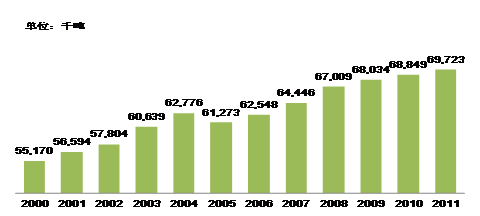
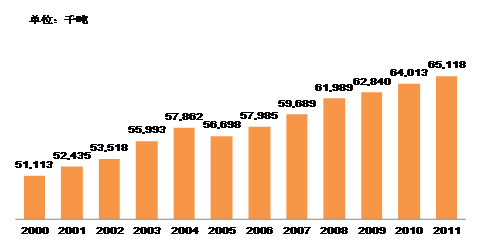
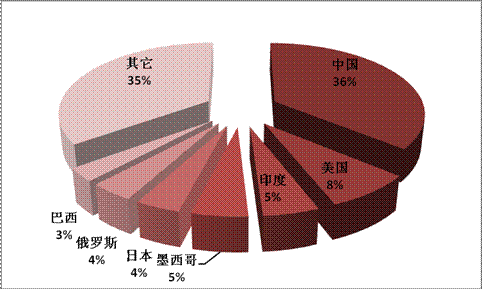
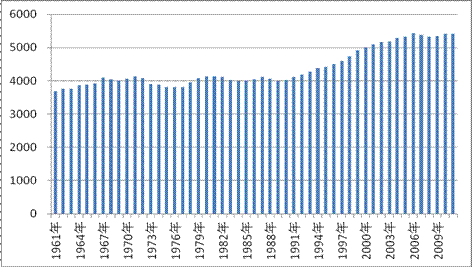
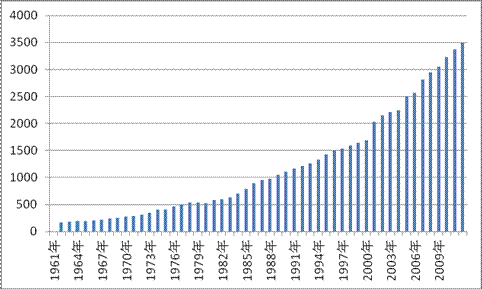
| |
|
|
| |
|
|
| |
|
|
| |
|
|
| |
|
|
| |
|
|
| |
|
|
| |
|
|
| |
|
|
| |
|
|
| |
|
|
|
|
|
|
|
|
| |
|
|
|
|
|
|
|
|
| |
|
|
|
|
|
|
|
|
| |
|
|
|
|
|
|
|
|
| |
|
|
|
|
|
|
|
| |
|
|
|
|
| |
|
|
|
|
| |
|
|
|
|
| |
|
|
|
|
| |
|
|
|
|
| |
|
|
|
|
| |
|
|
|
|
| |
|
|
|
|
| |
|
|
|
|
| |
|
|
|
|
Those who have read this article have also read
-
The cutest calendar in history: mapping calendar -
Face determines fate: face analysis -
Constellation interpretation expert: constellation master -
Make life a little more fun: expert -
Quite enthusiastic: versatile heroes -
A continuation of the classic masterpiece: Call of Duty -
Authentic: Foreign version looking for your sister -
Try: Kill your brain cells -
Great special effects: interesting photos -
Endless joy: Yi Photo Montage -
Where do ghosts run -
Interpretation of Constellation: My Constellation -
Simple and popular: street basketball -
Funny and funny: invincible soldier -
A must for anime family: crazy guess anime -
New Graffiti Game: Paper Train
-
Weibo Yiqi Thanksgiving Action -
2013 Donate one yuan of love and nutrition -
2013 One Foundation Public Welfare Image Festival -
China Public Welfare Platform of Water Cube -
Alibaba Public Service Advertising Competition -
Siyuan Ark disaster prevention and mitigation -
2013 Aiyou Charity Dinner -
Canon Image Public Welfare -
Poor children's book drift box project -
Ford Environmental Protection Award -
Global action to protect the rights and interests of girls -
Benz Nature Conservation Project -
Canon Hope Primary School Color Classroom -
Kraft hopes the kitchen -
Women's Foundation Mother Posting Activity -
2013 Guangzhou Auto Show
-
Holy King exclusive privilege card of Sina -
VIP Privileged Gift Bag of Counter Terrorism Elite OL -
Gift Bag for the Battle of the Three Kingdoms -
Smiling and Proud Jianghu Sina Departure Gift Bag -
Valley of Dragons Sina National Day Special Gift Bag -
Datang 2 Sina Privileged Beast Bag -
Summer Mobilization Card of Clear Sky Story -
Luoshen technical test code -
My Name is MT 3.0 Gift Bag -
Activation code of the mobile version of "Tian Long Ba Bu" -
Oriental Story Immortal Cultivation Privilege Card -
Longmen Inn Sina Privilege Card -
Role play novice card -
Shooting game novice card -
Action game novice card -
Strategy game novice card
-
Love transmission, warm leukemia girl @ Lu Ruoqing -
In the microblog era, if you don't play with sharp tools, you will be out -
Friend interaction, file transfer, and quick use of Weibo desktop! -
The list of WeChat Charity Group was announced! -
Registered enterprise Weibo fast channel: three steps to face target users -
Sign in to 2012 Boarding Gathering Point 100 day countdown starts
-
[Finance] Stock market inquiry -
[Finance] Financial calculator -
[Technology] Digital product library -
[Video] The hottest movie -
[Tourism] Inquiry of domestic and foreign scenic spots -
[Child care] Child care utility library -
[Car] Model query -
[Women] cosmetics product library -
[Constellation] Constellation fortune query -
[Entertainment] Video query -
[Entertainment] TV program list -
[Education] University and college inquiry
